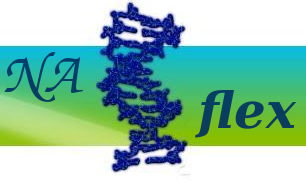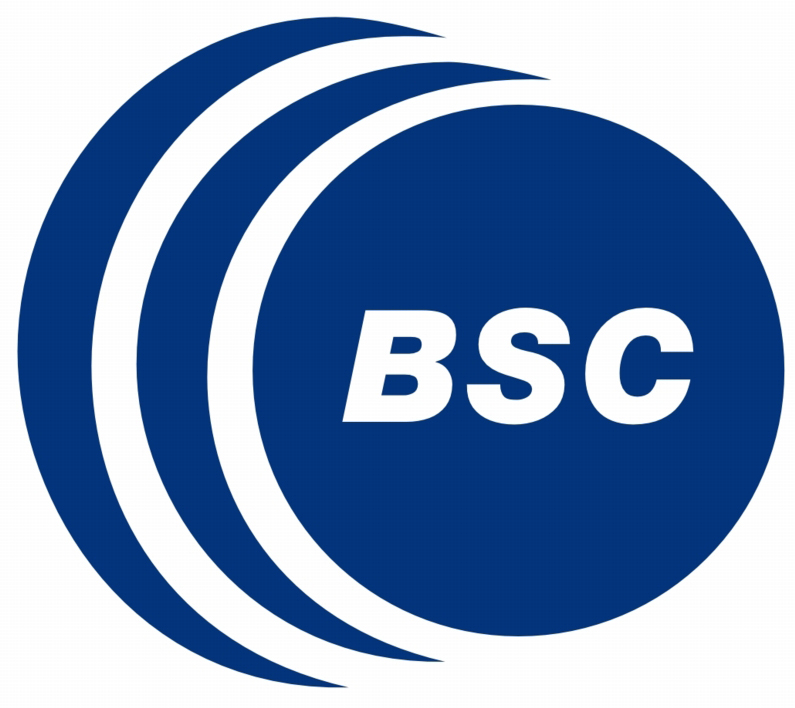Nucleic Acids Flexibility (NAFlex) is a web interface for the study of Nucleic Acids Flexibility.
Presentation
We present a web-tool for the analysis of flexibility of nucleic acids, both isolated and protein-bound. NAFlex allows the user to incorporate structures from the Protein Data Bank, filling gaps and removing structural inconsistencies if any. It also allows to build canonical (average or sequence-adapted) nucleic acid structures using a variety of predefined internal libraries and to create specific nucleic acids conformations.
 NAFlex offers a variety of methods to explore nucleic acids flexibility, from a colour-less worm-like chain model to a base-pair resolution elastic model of flexibility and even atomistic molecular dynamics (MD) simulation. Within the MD-framework NAFlex uses the MDWeb platform to perform all the set-up of the simulation (structural validation and correction, solvation, minimization, thermalization, pre-equilibration, and equilibration) following well-tested procedures. Simulations can be prepared to launch GROMACS, NAMD or AMBER calculations with any of the commonly used force-fields and solvent models.
NAFlex offers a variety of methods to explore nucleic acids flexibility, from a colour-less worm-like chain model to a base-pair resolution elastic model of flexibility and even atomistic molecular dynamics (MD) simulation. Within the MD-framework NAFlex uses the MDWeb platform to perform all the set-up of the simulation (structural validation and correction, solvation, minimization, thermalization, pre-equilibration, and equilibration) following well-tested procedures. Simulations can be prepared to launch GROMACS, NAMD or AMBER calculations with any of the commonly used force-fields and solvent models.
Trajectories, obtained either in situ or provided by the user, can be visualized and analyzed using a large number of tools, including helical analysis, principal component analysis, local and global stiffness, energy decomposition and NMR-observable predictions. The website is free and open to all users and there are no login requirements.
Manuals / Tutorials
NAFlex is extensively documented in this on-line help. Information about analysis offered, explanations about how to use the server, tutorials for each of the main parts of it, all of that can be found in these pages.
The majority of this information can be also found in NAFlex Manual and Tutorial [PDF]:
NAFlex, and more specifically the Molecular Dynamics tools offered by the server is powered by MDWeb. All the information about how to use these MD tools and how are they done (operations & workflows) can be found in the corresponding MDWeb help section, and also in these documents [PDF]:






